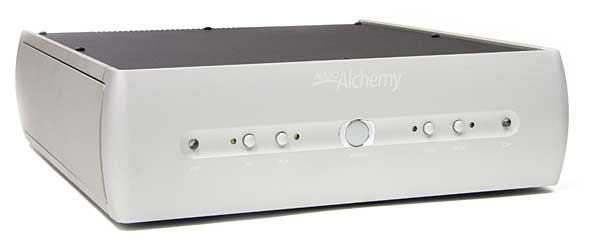| Columns Retired Columns & Blogs |
To me, that was what AA was - innovative products at (reasonably) affordable prices, which is just like the new Schiit. They had an extensive line of kit, ranging from quite affordable to just out of reach (by my financial standards). I had an AA DLC (Digital Line Converter) and it was the best pre-amp I have ever owned. Congrats to the new AA but their prices are gradually becoming too dear. Stick to the basics, AA, and give us those those affordable products!










































